How to Create an Email Marketing Campaign that Highly Converts
The money is on the list - It is a marketing guru for email marketing that every marketer knows. Instant messengers, live chat, and many promising new tools have come and gone, but good ol’ email is still living well. An email address is fairly easy to get; everyone’s got one or even many.
But just creating a simple opt-in to gain emails and hope that customers will come is not enough for a solid email marketing campaign. You need actionable, effective steps to attract subscribers and get them to listen to your messages and eventually take action towards your business. However, it is not easy since the average open rate for an email campaign among industries is just about 20%.
Fortunately, I can help you. This article will show you how to create an email marketing campaign that highly converts in just nine steps. You will not only launch a profitable campaign but also keep subscribers eager for more. Let’s get started!
What is an email marketing campaign?
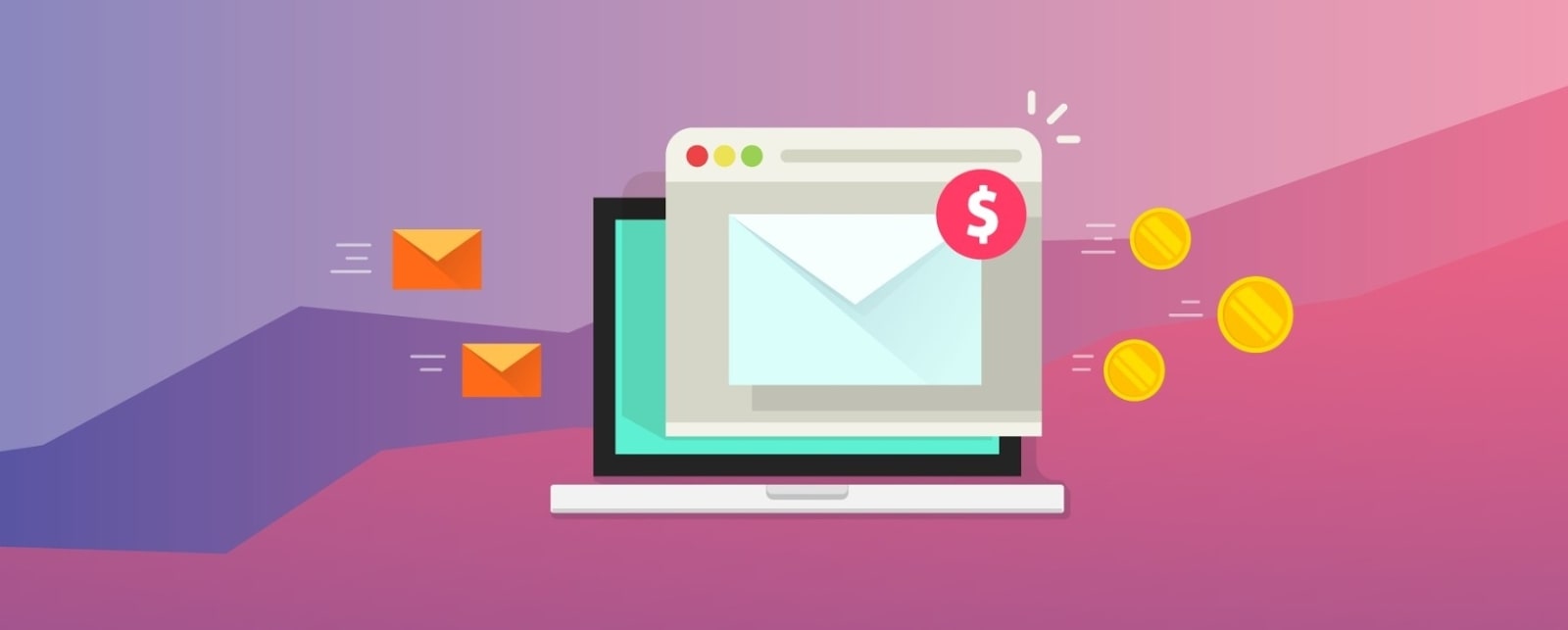
Simply put, an email marketing campaign is a set of individual email messages deployed over a specific time period with a specific purpose. They often include calls to action (CTAs) which can make recipients do the following: downloading a whitepaper, signing up for a webinar, or making a purchase.
Each email requires a well-written subject line, in-mail content, and a specific call-to-action to achieve your campaign’s goals. Good email marketing campaigns often include one main CTA with a secondary CTA. These CTAs should be clear and bold, without taking away from the message itself.
You can make your email marketing campaigns a one-off send or a series of messages over a timeframe. However, with a series, it is important to stay consistent with the overall concept, even if the CTAs are different for each email.
Why are email marketing campaigns crucial for conversion?
A successful email marketing campaign can make the recipient take action, engage with your company, and help you get more leads or sales.
One of the great advantages of email marketing is that people still use email extensively. In fact, based on an Optin Monster’s article, 90% of adults and more than 3/4 of teenagers still use email regularly. We send 333.2 billion emails daily, just imagine that.
This makes email marketing a perfect tool for building a relationship with customers to help generate leads and make sales.
Read more:
- How to Create an Email Signature in Gmail?
- How Long Should A Cover Letter Be?
- 12 Mental Triggers in Email Marketing
- How to Build your Email List Fastest?
But before you can see the results, you’ve got to apply these 9 steps to create an email marketing campaign that highly converts.
How to create a highly-converting email marketing campaign?
When you are just beginning to build an email marketing campaign, a strong customer base is a must. So, let’s start with creating a subscriber list.
1. Build a subscriber list
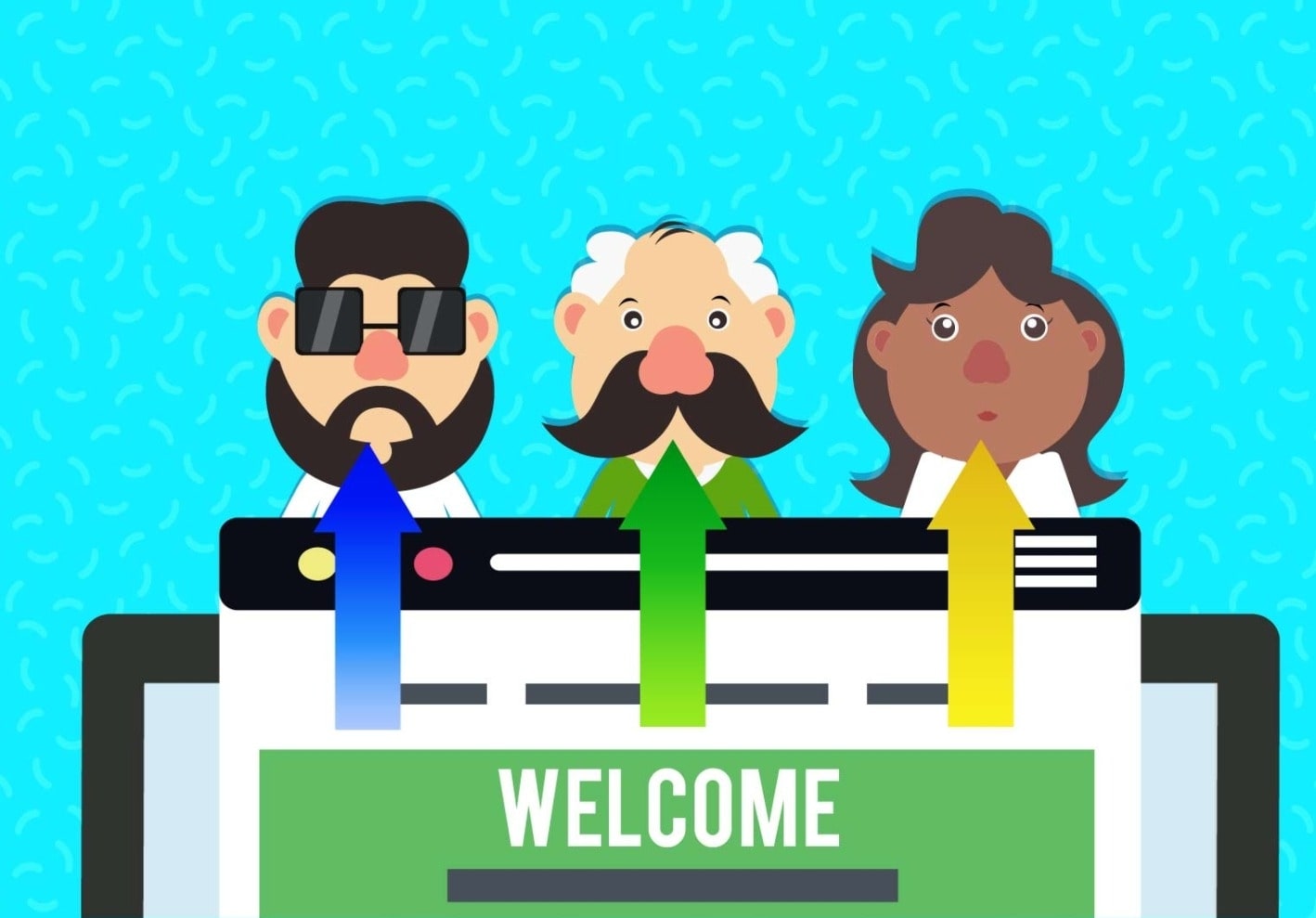
Most successful email marketing campaigns start with a good email list full of qualified leads interested in what you offer. The best way that you can build an email list is to convert your website visitors into subscribers. From this subscriber list, you can create an email engagement strategy that helps you send greetings, build anticipation, and gain some purchases, all on top of developing a long-term relationship with the customers.
If you haven’t had a website for your business yet, I highly recommend Shopify. You can easily build a store’s site within thirty minutes while having all the benefits of a robust selling platform. From there, you should be able to create opt-in forms that can collect visitors’ email addresses.
To do that, you need to create compelling opt-in forms that catch people’s attention and encourage them to sign up. You can experiment with different types of opt-in forms on different parts of your website for maximum efficiency.
Your website’s visitors are already invested in your business, so you should have a good chance of acquiring their email addresses. You have many ways to do this, with four basic opt-in funnels:
- Subscription Box: A box placed near the end of the website, where visitors can sign up for newsletters with their email addresses.
- Spin to win: A spinning wheel on your websites that gives surprising gifts when a visitor enters the email address.
- Pop-ups: The most common form of an opt-in funnel, it can be used on many stages of the customer journey - like first visit, exit intent, checkout, and more.
- Sweepstakes: Time-limited events that visitors can join to win discounts by providing their email addresses.
You can create these opt-in funnels easily with AVADA Abandoned Cart Recovery app, which allows deep customization and smart targeting to help you build a quality subscriber list.
2. Understand your audience

Next, for each campaign, you need to know the group of customers that you are targeting. What you need is a marketing persona that represents the ideal customers and their characteristics. A persona would include Age, Gender, Location, Education, Salary, Family, Goals & Challenges, Values, Fears, Appropriate marketing messages, and Ways to help.
Based on your campaign’s goal, which we will discuss in the next section, you can use the audience persona to create relevant content and message. This is vital since one of the best benefits of email marketing is personalization. With the right approach toward the group of customers, you can enhance your message’s effectiveness even further and gain more actions.
One tip to create a more relatable audience persona is to give the persona a real person’s name, like John or Karen, so you can picture their personalities better.
3. Decide a campaign’s goal

All good marketing starts with deciding the goals, and email marketing are no different. If you want to run a highly-converting email marketing campaign, think about what you need to achieve. Some typical goals for your email marketing campaign are:
- Welcoming new subscribers and showing them your business’s story and values to begin building a relationship with them.
- Nurturing existing subscribers by offering something they’ll appreciate.
- Increasing engagement with your content, whether it’s a webinar ad or an initial sales attempt.
- Re-engaging with inactive subscribers.
- Driving traffic to your website for ad impressions.
- Segmenting your subscribers to send more targeted email marketing campaigns.
Understanding your email marketing goals will guide the copy in the body of your email. More on that later, but now, you need to know what type of email you should use.
4. Use the right type of email
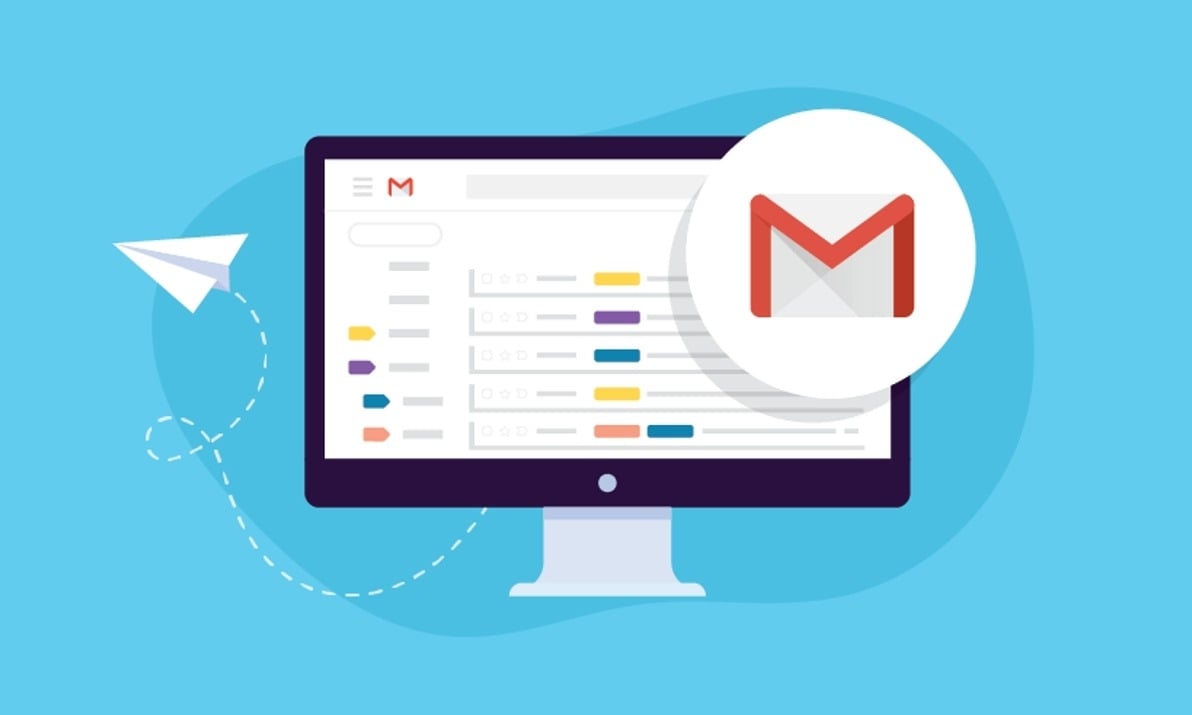
It’s also very important to understand the different types of emails that you can use for your campaign. People group them in different ways, but there are three main types of email.
We are all familiar with promotional emails, delivering information about offers and sales, as well as self-promotion.
Then you have relation emails, which is what users subscribed for, like weekly newsletters, free giveaways, relevant information, and more.
You also have transactional emails, usually triggered by a subscriber’s action and is related to the action they have taken on your website, including:
- Welcoming messages
- Signup confirmation of the subscriber
- Acknowledgments for the changes to subscriber information
- Order or purchase confirmation
Now that you know the types of emails you can send, it’s time for the next step to create a highly-converting email marketing campaign.
5. Design your emails and newsletters
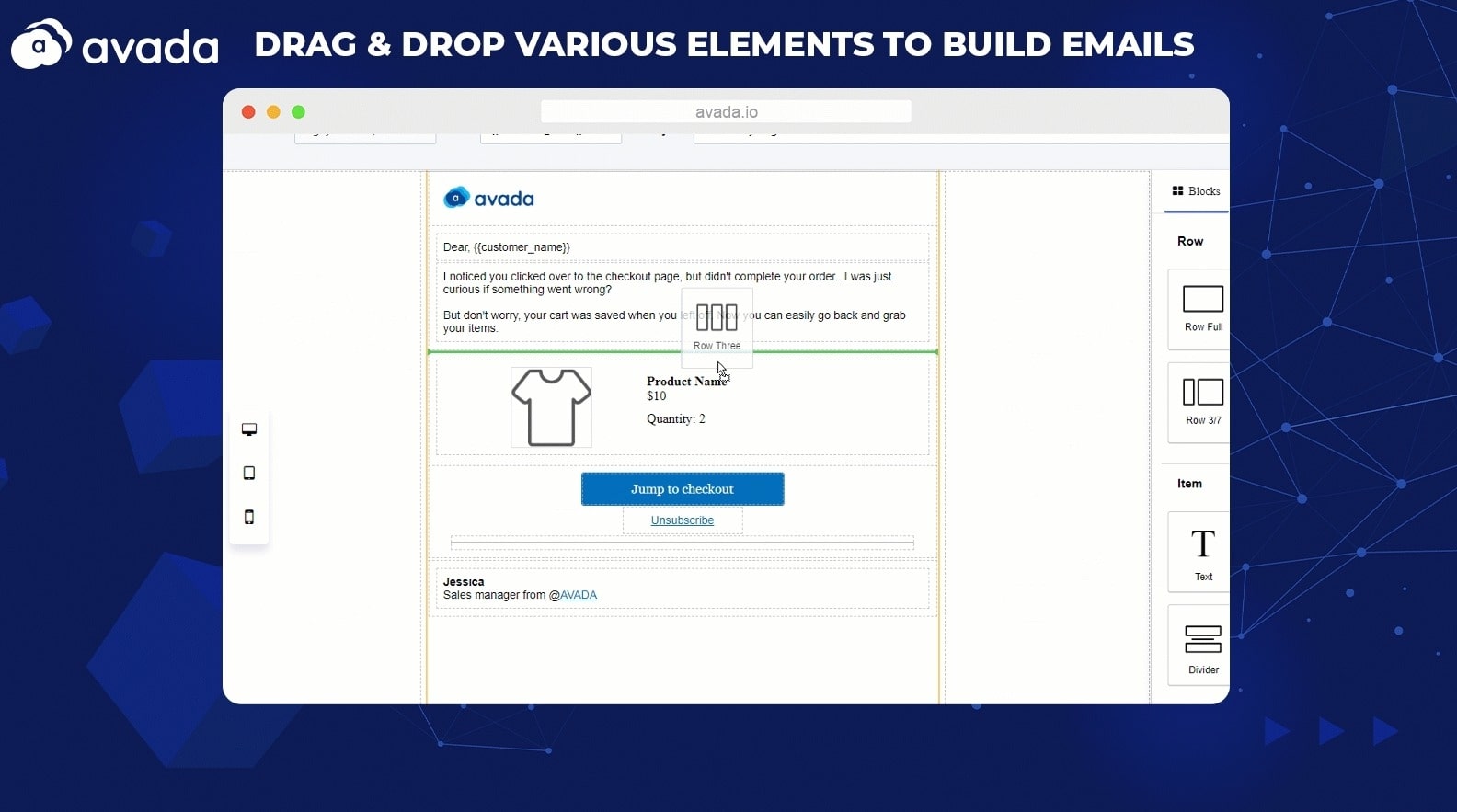
Email marketing services offer users multiple templates to customize their emails and newsletters. But should you use these pre-built templates?
Most email and newsletter templates that come by default are created to simply give you a starting point. So these designs may not match your website or brand guideline. That’s why it’s better that you create a more consistent, branded look by choosing a blank template and then using the full HTML editing capabilities to further customize your own unique emails.
The more you can personalize the emails like they are yours, the smoother your subscribers will convert. After that, you’re less likely to be accidentally marked as spam or junk - this can affect the email’s open rate and conversion rates. More than that, with the glut of newsletters nowadays, it is essential for your emails to stand out from others and still play by the rules.
Here are some good practices to design your emails and newsletters:
- Give subscribers the option to unsubscribe - and don’t worry when they do. Unsubscribe can really be seen as a GOOD thing. Essentially, you’re letting people voluntarily opt-out just because your message doesn’t suit them - may be too early, or maybe you aren’t what they look for. Don’t worry, those who stay are the ones you should focus on.
- Prove you’re not spamming by including a preview to show what to expect. Let subscribers know their information is safe. Let them know how often to expect a newsletter, and let them know how they can save a free download to their computers. You might think these instructions are simple, but you’ll be surprised how many people don’t know-how.
- Responsive email templates are essential since more people than ever read emails on mobiles. So make sure your emails resize automatically on a tablet, desktop, and phone.
- More text than images: images are more attractive, but good emails have more text, and many people disable images on emails. Remember to use alt tags so people can still know what the images are supposed to be about. This can lead to subscribers enabling images in your mail.
You can create email templates for each purpose, so you don’t have to re-create them in the next campaign.
A small tip: Each blog post you write is a prime place for an opt-in form. Make the most of that and include an opt-in so users can subscribe to your newsletter to get more engaging information.
6. Choose a good email service
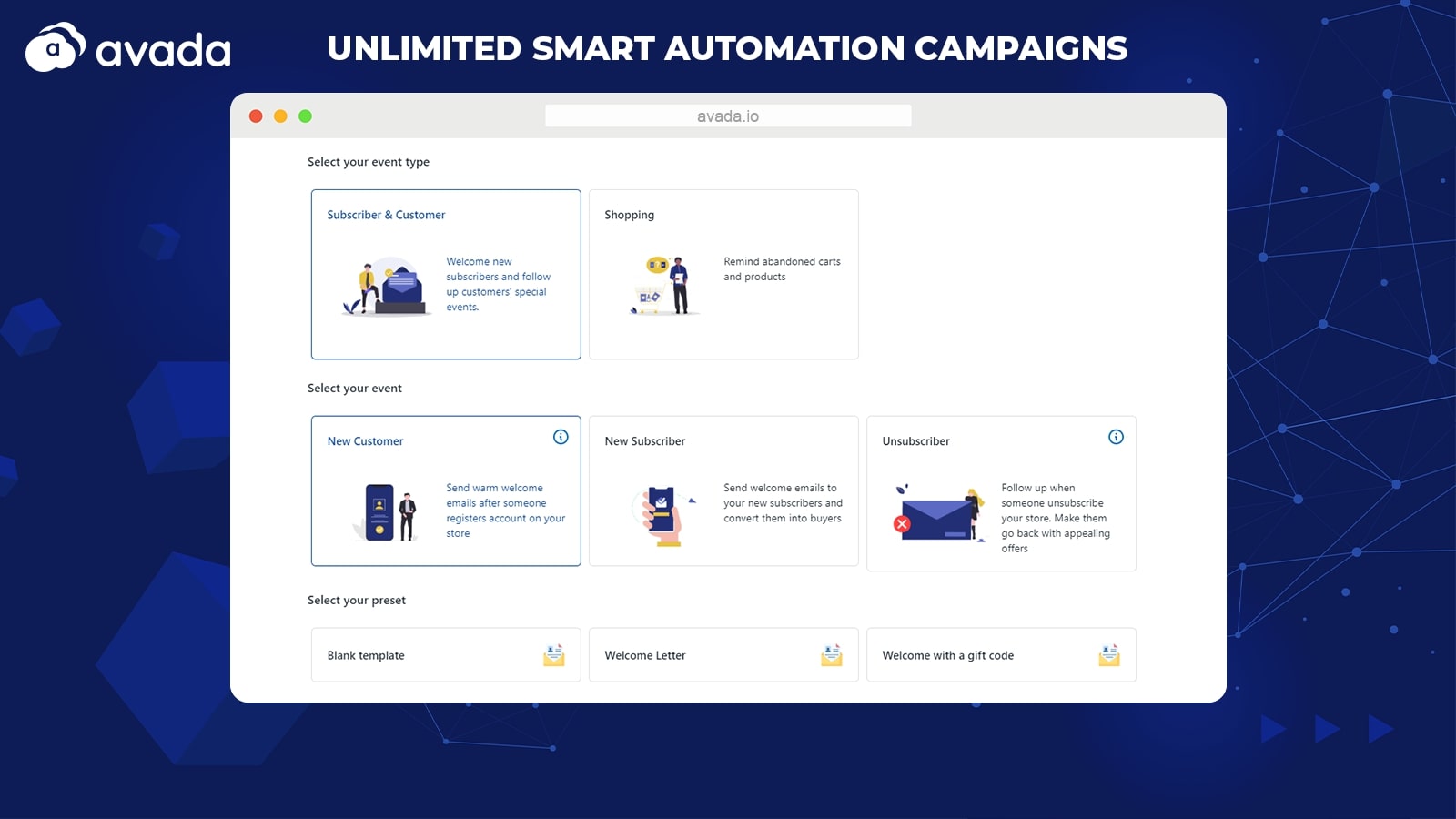
Although pre-built templates aren’t for every business, a good email marketing service provides tools for you to create a more successful email marketing campaign. Features that you should look for are:
- An easy-to-use dashboard that can create campaigns, automation, including workflows and templates.
- Ways to segment the audience
- Analytics on your email campaigns performance
- Integrations with your software or platform, like Shopify, Magento, or WordPress.
A feature like smart automation for marketing campaigns by the AVADA email marketing app (pictured above) will help you easily schedule emails to follow-up and convert customers along their purchasing journey. All the most important emails for a business like abandoned cart emails, new customer emails, new subscribers and unsubscribes emails, etc. are included for you to build success with email marketing.
The app is free to try out right now, so go check it out!
7. Create engaging email content

Getting people to opt-in is only half of the road. Delivering your original content, from the welcome message to the first issue, will be a real test of email conversion rates.
A good starting point is the subject line, which plays a key role in getting people to click on and open your email. Like the title of a blog post, the email subject line has to get attention so subscribers want to act further. Most subject lines are from 41 to 50 characters, and even less is shown on mobile screens, so you should put the most important parts at the start.
What you need to improve your subject lines would be:
- Adding personalization, like including recipients’ names in the subject lines to make them more engaged.
- Avoid spam-considered words to get your email into the inbox.
- Let people know what they’ll get when they open your emails; you don’t need to act smart or witty unless it’s your brand personality.
- Borrow high-converting email subject lines from other companies and tailor it for your own use.
Next, you should start writing your email body copy. Try to create a hook right at the start so people would want to read on. For best results, your copy should be short, sweet, and avoid getting into selling too early. You want readers to be comfortable first.
Address of the subscriber by name, personalized emails are often more successful. You can even personalize emails based on needs to meet different user group expectations. A study shows audience segmentation can increase your email click-through rate by up to 50%. You can group recipients into Unsubscribed, Subscribed, Shopping, Contact, and more in the AVADA Email Marketing app.
Your email copy can include:
- Something valuable to the subscribers: A piece of content, useful information, or good resources that can help them.
- A personal story: It can turn your brand into a human and help make an emotional connection.
- A poll, GIF, survey, or video: All of these can keep readers engaged, but remember to use them wisely.
Ideally, your emails should be short with only a few main points that are easy to read.
Finally, you need the Call to Action buttons in your email copy - which reflect what you want people to do the most when they’ve read your emails. CTAs can appear many times in your copy, near the start, middle, and near the end. The best CTAs are short, clear, and highly encourage subscribers to click the link.
8. Plan follow-ups emails
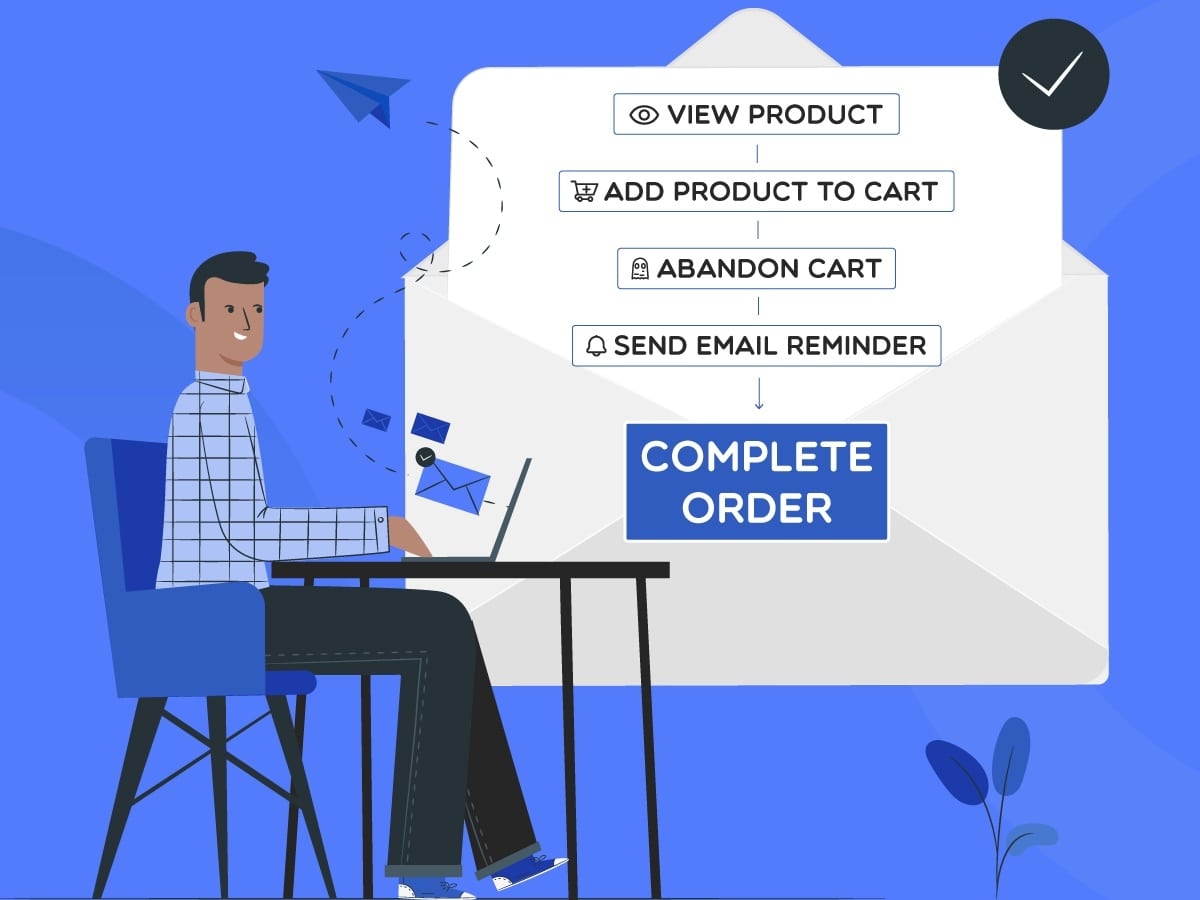
You don’t just send one email in your campaign, it usually requires multiple emails to persuade readers to click on the CTAs and take actions.
For example, to create an email marketing campaign that welcomes new subscribers, you can have a short email series to help them know your products and services. These 4 emails for a fictional swimsuit store can have subject lines like:
- Welcome to [company name], here is a gift code just for you!
- What do you want to do this week?
- Plan your next trip with [company name]
- Hit your next destination
The first is a welcome email with a gift code and a CTA that encourages readers to check out the deal with all the store’s products. Three days later, if the gift code is still not redeemed, another email asks what the customer wants to do this week, showing them to the beautiful beaches near their destination. Two days later, there’s an email showing other customers having fun at the beach in the store’s product. The series ends with an email three days later, highlighting the products and the gift code to start a new trip.
As you can see, the emails are sent sparingly to not overwhelm the subscribers. Stick to the schedule you’ve told them so they can know what to expect. Once in a while, ask for subscribers’ opinions on email frequency via a survey or poll. You can also let them choose to receive your emails less often.
Email series like above can be hard to create if you have no experience, but the AVADA Email Marketing app has multiple ready-to-use automation workflows inside, so you can easily create an email marketing campaign for different groups like Subscribers, Shoppers, Buyers, and Repeating customers.
9. Use data to your advantage
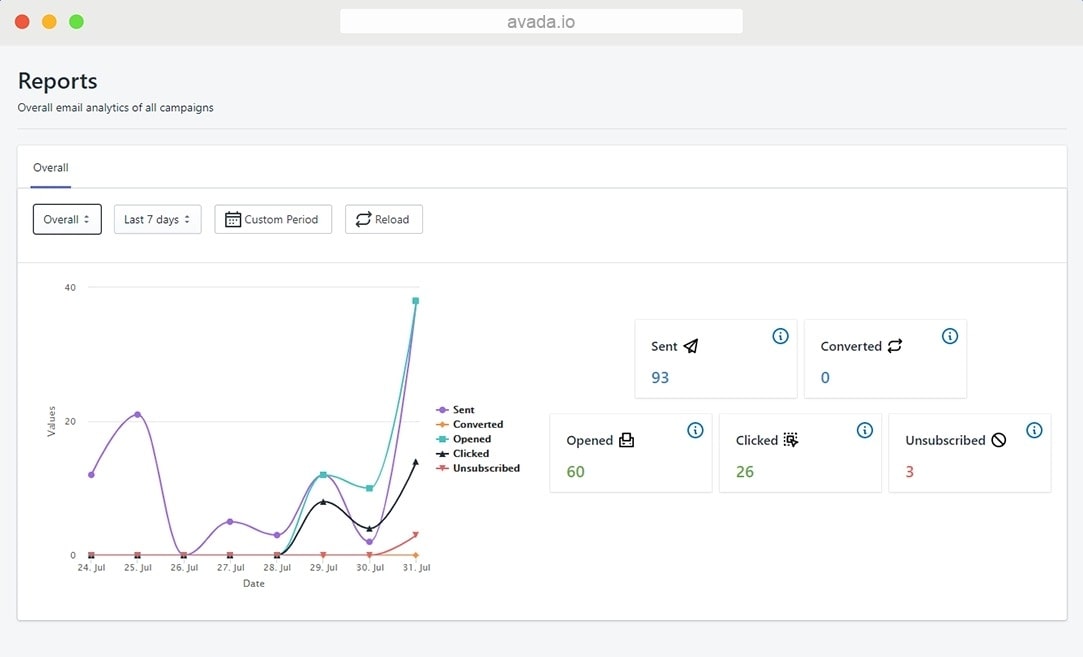
When your business interacts well with customers, they’ll be more than happy to provide more information and even buy more. As a result, you can better segment your mailing list and personalize your campaigns even more.
Personalized email can be in the form of content tailored to recent customer activity on your platform. Customers love to see recommendations that match their needs, so your data can really help with that. But, to nail it, you have to test everything: from design to layout, subject lines, copy, and calls to action, even sending times.
You’ll also want to track email analytics from your service provider, regarding opens, clicks, unsubscribes, and forwards. This will allow you to find out what works and what doesn’t work with your campaigns. Another issue to track is your sender’s reputation, which affects the email delivery rate. Use Sender Score to see any red flags that could prevent your email from reaching the subscribers’ inbox.
In addition to your customer data, you should also spend some time learning the current email marketing benchmarks. You will see how your emails perform compared to industry standards. For example, if you find that your average open rate is much lower than the industry’s stats, then you know that your subject lines may need some improvement.
Best practices for a highly-convert email campaign
- Your opt-in form is usually the first impression of your newsletter content - even if users haven’t seen it yet. So, try to place your opt-in form on the homepage, where the form is most likely to get noticed and make sure it suits the overall look of your website.
- A simple “Sign Up For Newsletter” CTA is not enough to encourage subscribers anymore. You need to show them what they can get when they sign up. Let them have free reports and giveaways, email them great content at a frequency that doesn’t tire you out, and don’t worry if someone unsubscribes - it’s a natural part of the process.
- The default autoresponder templates can act as a starting point if you’d like, but through time, you should try to really brand every step like your own. A seamless flow from the website to email is your goal, so potential customers learn to recognize email newsletter whenever it arrives.
- Your welcome message should be a virtual tour guide for users to see your best videos and posts. Share your story, then invite recipients to share theirs. Take time to ask what they would like to see more in your emails and not. This allows you to fine-tune your content and list to reach the best possible audience.
- Subscribers are yours when they confirm the email address, so don’t use the default “Thanks for subscribing!” pop-up. Instead, you should show them the appreciation with some rewards and let them know how soon they can expect your first email.
Related posts:
- 10 Awesome Shopify Abandoned Cart Email Templates
- 101 Killing Email Headlines Examples
- Constant Contact vs Mailchimp
- Klaviyo vs Mailchimp
Ready to send!
An email campaign that works for this customer may not work for others. It is important for eCommerce businesses to know the customers and see which messages fit them best. The more personalized your email gets the more engagement you can get with your offer and more chances for a better conversion rate.
Now that you know how to create an email marketing campaign that highly converts, make sure you also check out our app AVADA Email Marketing to create a great campaign for your business. Best of luck, and leave a comment if you have any questions!
New Posts






